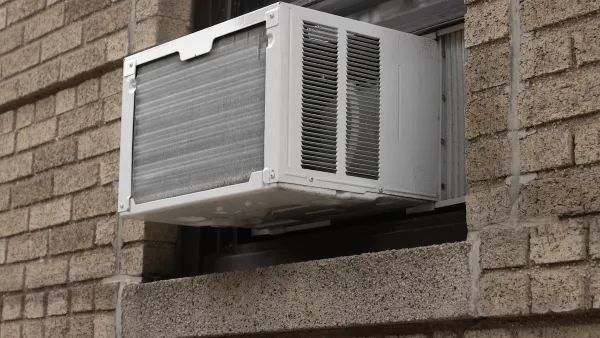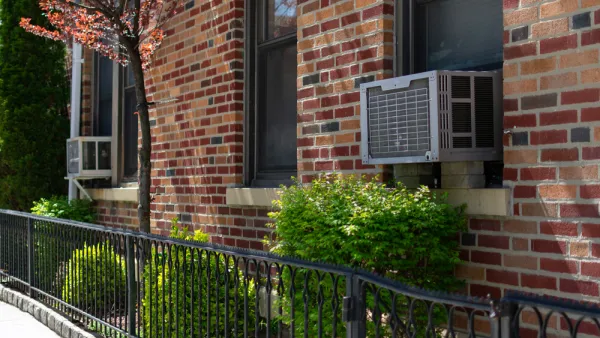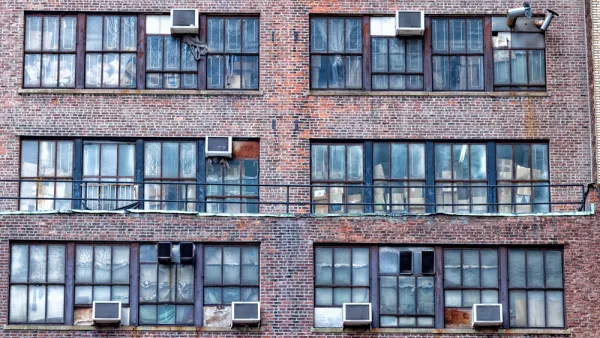Despite hundreds of heat-related deaths every year, the city has no regulations on cooling in residential units.

A New York City Council member is proposing a bill that would guarantee cooling for renters in hot summer months, arguing that a similar law guarantees heating in winter.
According to Council member Lincoln Restler of Brooklyn, “When we looked at the data of who is dying from heat-related illnesses, the single biggest risk factor was not having air conditioning in their homes.”
As Willy Blackmore explains in Word in Black, “The city’s Heat Code became law back in 1918, setting a minimum threshold of 68 degrees for all centrally heated buildings between the beginning of October and the end of May. While the minimum temperature has changed at times over more than a century, it’s a mainstay of being a renter in the city: heat and hot water are provided at the landlord’s expense, with very few exceptions.” The proposed bill would set similar requirements for cooling and include a fee of up to $1,250 per day for noncompliance.
Blackmore explains that cooling units add to landlords’ electricity costs. “Therefore, if a landlord installs a heat pump, or if they have a tenant who uses an A/C window unit, the landlord would be obliged to pay an electric bill for the heat and cooling — separate from what tenants pay for their own electricity use.”
While the majority of New York City residents (91 percent) have access to cooling, the housing units that don’t are concentrated in communities of color like Bedford-Stuyvesant, which Restler represents, and many of the city’s shelters. An average of 350 people die of heat-related causes every year in New York City, though accurate data for heat deaths is often difficult to come by.
FULL STORY: Will New York City Renters Get the Right to Be Cool?

National Parks Layoffs Will Cause Communities to Lose Billions
Thousands of essential park workers were laid off this week, just before the busy spring break season.

Retro-silient?: America’s First “Eco-burb,” The Woodlands Turns 50
A master-planned community north of Houston offers lessons on green infrastructure and resilient design, but falls short of its founder’s lofty affordability and walkability goals.

Delivering for America Plan Will Downgrade Mail Service in at Least 49.5 Percent of Zip Codes
Republican and Democrat lawmakers criticize the plan for its disproportionate negative impact on rural communities.

Test News Post 1
This is a summary

Test News Headline 46
Test for the image on the front page.

Balancing Bombs and Butterflies: How the National Guard Protects a Rare Species
The National Guard at Fort Indiantown Gap uses GIS technology and land management strategies to balance military training with conservation efforts, ensuring the survival of the rare eastern regal fritillary butterfly.
Urban Design for Planners 1: Software Tools
This six-course series explores essential urban design concepts using open source software and equips planners with the tools they need to participate fully in the urban design process.
Planning for Universal Design
Learn the tools for implementing Universal Design in planning regulations.
EMC Planning Group, Inc.
Planetizen
Planetizen
Mpact (formerly Rail~Volution)
Great Falls Development Authority, Inc.
HUDs Office of Policy Development and Research
NYU Wagner Graduate School of Public Service





























